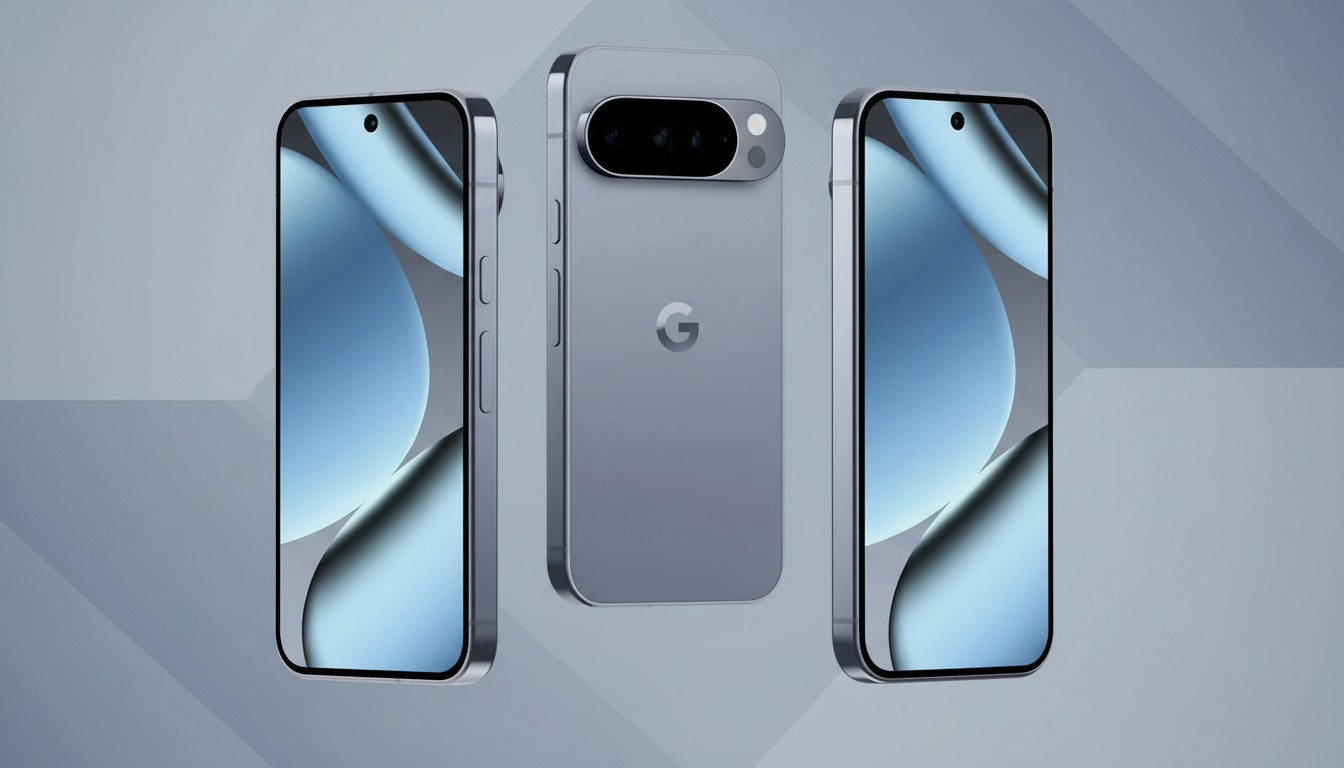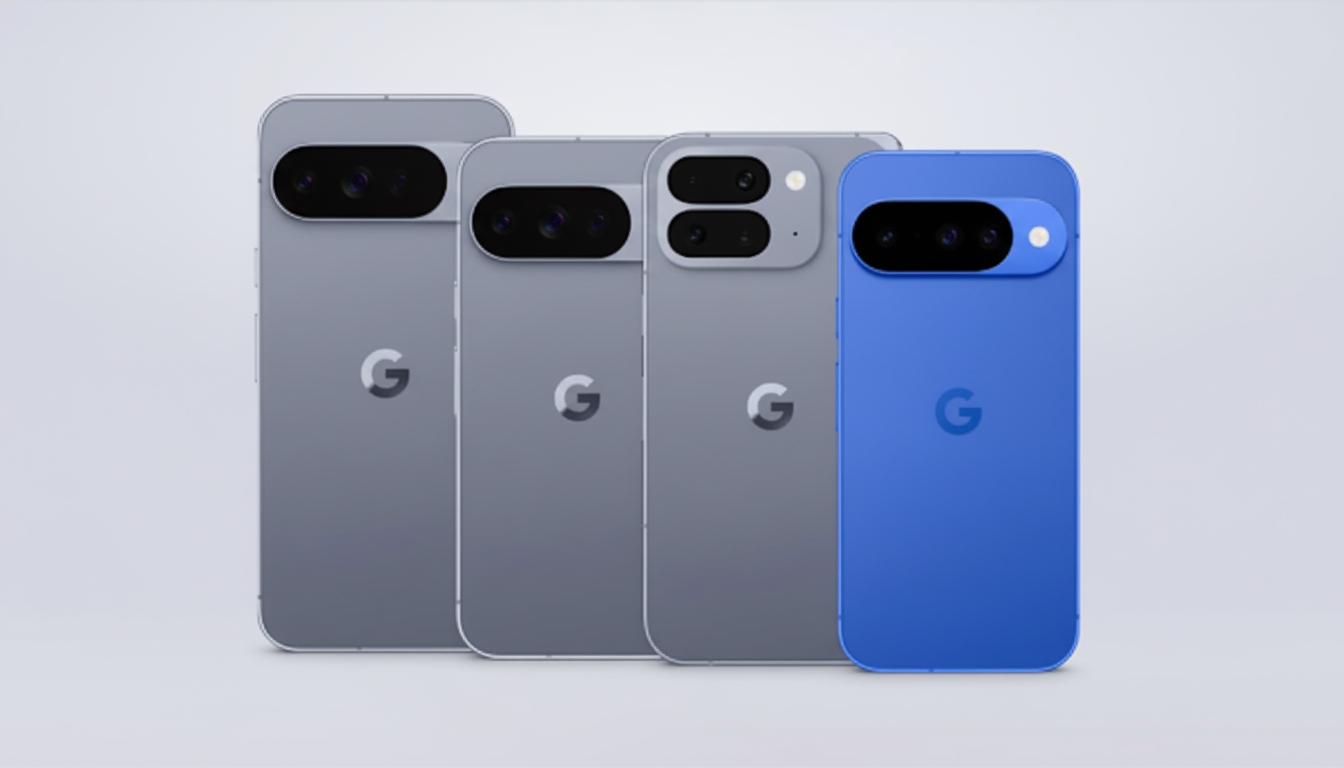Google’s phone needs a sharper identity, and the bluntest way forward is what Apple did. If Pixel can become the Android and AI showcase that’s fully optimized and deeply integrated—and not merely another option for Android—it could eventually close the performance and polish gap that still exists between it and Apple’s iPhone. Recent steps such as developer verification for sideloaded apps, longer software support, and a fuller Tensor roadmap suggest Google is already tiptoeing that direction. Now it needs to commit.
The Case for Order in Android to Rival Apple’s Control
Apple’s strength is not just in silicon or marketing, but owning the whole walled garden end to end. With one hardware family and OS (and a prescriptive app pipeline) Apple wrings incredible performance and battery life out of these relatively small capacities. Tracking services such as Counterpoint Research regularly illustrate how the iPhone enjoys a commanding share of the premium segment, and objective benchmarks like this report from AnandTech point to thermals that remain in check and uninterrupted performance that most Android flagships cannot match.
- The Case for Order in Android to Rival Apple’s Control
- Tensor Needs a Clear Target to Maximize AI Efficiency
- Make Android Pixel‑First Without Shutting the Door on Others
- Borrow the Right Pieces of Apple’s Playbook
- Mind the Regulatory Guardrails While Staying Open
- The Competitive Payoff for a Pixel‑First Android Strategy

The openness of Android is a strength, but it also means the accountability for it is watered down. When dozens of OEMs deliver dozens of different configurations, every new API or driver and even each optimization becomes a tug-of-war. That complexity can slow down updates, muddy app behavior, and make it more difficult to ensure the kind of “it just works” experience Apple fans take for granted.
Tensor Needs a Clear Target to Maximize AI Efficiency
Google’s Tensor chips play into on-device AI, camera pipelines, and speech — and that’s a smart move. The issue is consistency. On synthetic benchmarks such as Geekbench and 3DMark, Snapdragon 8 series phones often get higher peak scores, and longer sustained GPU runs than current X1 generations of Tensor. Users have also complained about heat and battery quirks on various Pixel models, issues Google has tackled but not wiped out from the storyline.
The solution isn’t to pursue unadulterated speed at all costs — it’s to control the variables. If Android’s foundation is more and more optimized for a fixed set of Pixel hardware configurations, with only one NPU/GPU pipeline to calculate everything against, effects that Tensor does well in the real world — photo magic, live translation, Gemini-powered features — can really stand out without thermal trade-offs. Apple has been doing this for years; the work is meant for the silicon and vice versa.
Make Android Pixel‑First Without Shutting the Door on Others
If Google can find a way to have Android be open and yet make Pixel the de facto reference with everything else trailing, that might work. That starts with making sure we’re providing kernel, scheduler, and graphics optimizations on Pixel first; we both want to move much closer to a predictable AOSP security update cadence. It already uses Pixel to pilot new features in Feature Drops; formalize that into a Pixel-first Android track with clear roadmaps for partners.
Developers want something to give a damn about. A “Pixel Optimized” initiative — including test farms, performance bounties, and Play Store badging — would motivate apps to be built for the Tensor NPU, use cutting-edge toolchains such as Vulkan and ANGLE, and meet stringent stability thresholds. Google has the power to push this further: put these apps first in Play search, make them a priority in Collections, and launch marketing around them.

Borrow the Right Pieces of Apple’s Playbook
Clamping down on the app pipeline is already happening with more rigorous developer authentication for apps delivered through outlets other than Google’s Play Store — an explicit gamble on safety and provenance. Keep pushing: Make the “Made for Google” program a substantive certification tier akin to MFi, with firmware requirements that can register on chargers, earbuds, and accessories to ensure latency, battery health, and lossless codecs where possible.
On the service side, expand same-day repair service options through partners such as Asurion’s uBreakiFix network, establish transparent pricing for replacement parts, and commit to ensuring spare parts are available and delivered in a more timely manner.
Already, Pixel pledges years of OS and security support: match that to the Apple Store experience for consumers — with walk-up service to bring in our phones for easy trade-ins, no blistering wait if one common issue befalls you after two months.
Mind the Regulatory Guardrails While Staying Open
The difference between optimization and lock-in is subtle. Antitrust investigations and regulations such as the European Union’s digital market legislation require Google to maintain access for sideloading, competing app stores, and default choice. There isn’t a need to wall off Android, just create the Pixel runway: temporary exclusives for APIs that are new, fully documented, and released to all OEMs after meeting a defined window. Transparency wards off regulators and keeps partners onside.
The Competitive Payoff for a Pixel‑First Android Strategy
According to IDC, the worldwide share of Pixel toward global shipments is in the low single digits, but it is one of few Android brands that has been growing consistently, particularly in North America. When people buy a Pixel, they love the camera and built-in artificial intelligence features, and admire how clean Google’s software is. What unravels all this goodwill are the edge cases — battery drains, heat spikes, app quirks — that a vertically integrated model is best positioned to stomp.
If Google doubles down on a Pixel-first Android, tightens the accessory and service ecosystem further, and maps Tensor’s roadmap with actual workloads people are using, then it could package up iPhone-grade reliability without dropping what makes Android great. That’s not capitulation to Apple’s creed; it’s competitive clarity. If you make Pixel the best way to experience Android, then the rest of the ecosystem grows with a rising tide.

